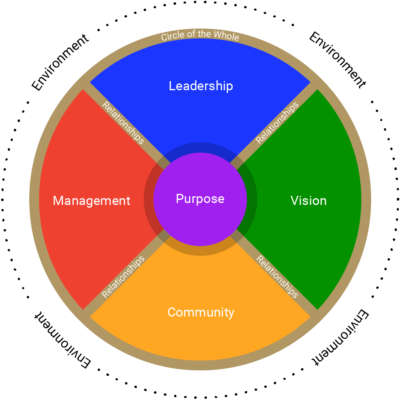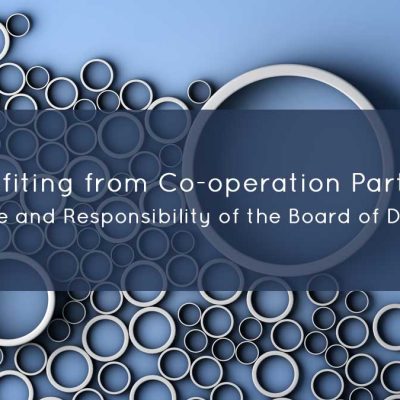
Over the last few weeks, we’ve been sharing with you key elements for consideration whenever an organization is about to begin intentional change process. Wrapping up this series on change, today we’re sharing 11 critical factors for effective change efforts. After 3 decades of experience, we can say with confidence that the more of these factors that are present, the greater likelihood you will achieve your desired outcomes when working with change.
11 Critical Factors for Effective Change Efforts
1. Presence of Change Facilitators
Engagement of competent change facilitators who understand that organizations today need to be built to thrive in constant change. Ideally, these will be the external change facilitators who will work with an internal team. Change that works is driven from the ‘inside-out’. Effective change efforts include the ongoing participation of the internal team.
2. Commitment of the Senior Leader
The senior leader and their commitment to the change process is key. If the senior leader wobbles in any way, the change effort is in jeopardy, even if all of the other ingredients for successful change hold steady. The senior leader must perceive that a change process at this time is of great benefit to the organization and must make a commitment to seeing the organization-wide process through to its success (i.e.: not giving up when the going gets tough).
3. Commitment of the Senior Leadership Team
The commitment of the senior leadership team, if there is such a team, to the change process is also key. This team, along with the senior leader, needs to hold steady through the change process, even when the going gets difficult. It must operate as a united body providing the leadership for the change effort and it must do so without wobbling when the going gets difficult.
4. Ability to Lead a Change Effort
The leadership team must have and be able to consistently demonstrate the competencies, capabilities, and capacity for leading effective change efforts. If these competencies, capabilities and capacities are not consistent, that the leadership team is willing to do the work at the outset of the change process to achieve consistency.
5. Mentoring Circle
In larger organizations, a change effort mentoring circle needs to be in place. This group of individuals should represent a maximum mixture of the whole system. Its role is to co-ordinate the change effort throughout the system and to meet together regularly to track the unfolding story, the lessons learned, and to assist the primary change facilitators and leadership team in adjusting the change effort design as needed.
6. Storytelling
Story is a springboard for successful change efforts. This requires telling the story of what has made people happy, sad, and mad in the past regarding organizational effectiveness development, including about previous change efforts. Lessons learned must be incorporated into the current change effort and the explicit use of lessons learned must be transparent in the change effort.
7. Perceived Benefits
People throughout the organization must perceive that there are benefits to the current change effort. This benefit may be obvious and asked for prior to engaging the external consultant. If not, it is important to work with people throughout the organization to help a critical mass understand and embrace the perceived benefits.
8. Preparation
People throughout the organization must be educated in what is involved in the change effort, and prepare themselves for the change effort individually and as a team. This is a critical phase of the change effort, as the people experience join-in to the process rather than forced buy-in once the process is underway.
9. Participation
People throughout the organization must be invited to participate in activities in the change process to the greatest extent possible, with use of effective participatory meeting processes. Ideally this includes all people in the organization, however it is effective when a critical mass that includes a maximum mixture of people from the organization is included.
10. Communication, communication, communication…
Communicating what is going to happen, reminding what is happening while it’s happening and communicating what has happened at every step throughout the process helps people understand and be actively engaged in the process.
11. Transparency, transparency, transparency…
When in doubt, share! Being as transparent as possible helps people to understand and be more actively engaged. You may find better input and outcomes when people have more data to work with.
Photo Credit: Bruce MacLean | FreeImages.com











Claudia Knapp
Thanks a lot for this summary and overview to key essentials of successful change the GC way!